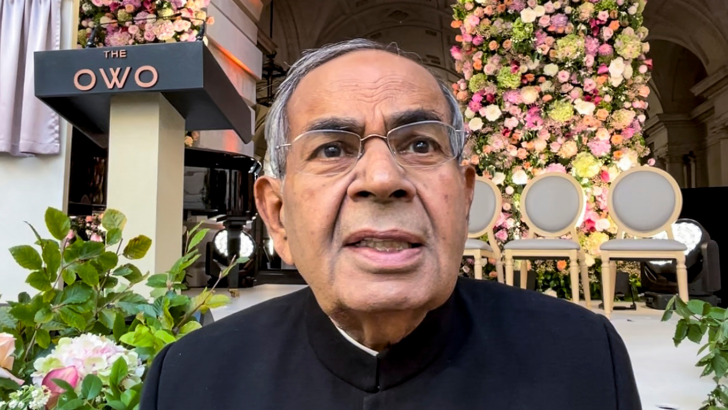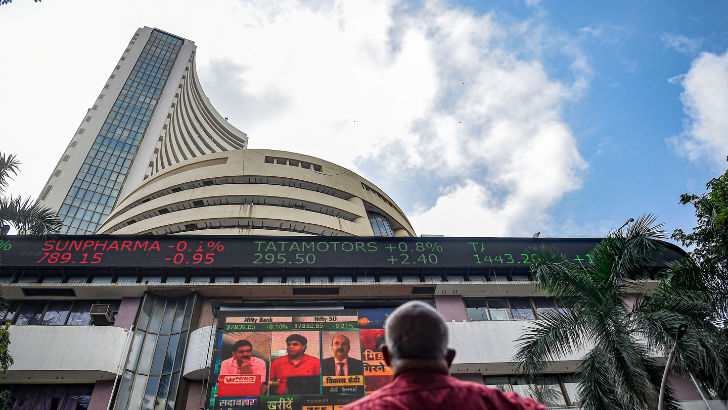10M jobs needed for 6.5% growth: Goldman Sachs
Incentivizing affordable housing developments could stimulate the real estate sector, which employs over 80 per cent of the labor force within construction.
ANI
-
This would provide a significant boost to job creation across various skill levels.PHOTO:PTI
New Delhi, 2
Nov
India will
require approximately 10 million new jobs each year from FY25 to FY30 to
maintain an average GVA (Gross Value Added) growth of 6.5 per cent annually,
according to a Goldman Sachs report.
Incentivizing
affordable housing developments could stimulate the real estate sector, which
employs over 80 per cent of the labor force within construction. This would
provide a significant boost to job creation across various skill levels.
Establishing
IT hubs to tier-2 and tier-3 cities and Global Capability Centers (GCCs) in
smaller cities would reduce pressure on Tier-1 urban centers and increase job
opportunities in underserved areas.
Shifting
fiscal incentives toward labor-intensive manufacturing sectors, such as
textiles, food processing, and furniture, could support job creation for low-
to middle-skill workers.
While the
government's Production-Linked Incentive (PLI) schemes have primarily benefited
capital-intensive industries, Goldman Sachs notes an encouraging shift towards
more labor-intensive sectors, including textiles, footwear, toys, and leather
goods.
This
approach aims to align India's manufacturing sector with broader employment
goals, as about 67 per cent of manufacturing jobs reside in labor-intensive
fields.
Over the
past two decades, India added approximately 196 million jobs, with two-thirds
of these positions created in the last decade. Significant shifts have occurred
as more workers have transitioned from agricultural to construction and service
roles.
Construction
remains a primary driver for employment in India, accounting for roughly 13 per
cent of total jobs. Investment in real estate and infrastructure has not only
created jobs but has also positively impacted income levels across low- to
medium-income households.
Similarly,
the services sector, which contributes about 34 per cent of total employment,
has expanded significantly. Notably, the retail trade segment has benefited
from digital transformation, as retailers shift to online platforms, generating
new roles in areas like inventory management, packaging, and delivery services.
An increase
in India's Labor Force Participation Rate (LFPR) from 50 per cent in FY18 to 60
per cent in FY24 has been driven largely by female participation, particularly
in rural areas.
Factors
contributing to this rise include improved measurement practices, greater
financial inclusion through credit schemes targeting women, and expanded
opportunities in small and micro-enterprises.
India's
demographic transition offers a unique 20-year window to capitalize on a low
dependency ratio, with a sizable working-age population set to enter the labor
market. -ANI
Leave a Reply
Your email address will not be published. Required fields are marked *








.png)



.png)
.png)

.png)

.png)

.png)
